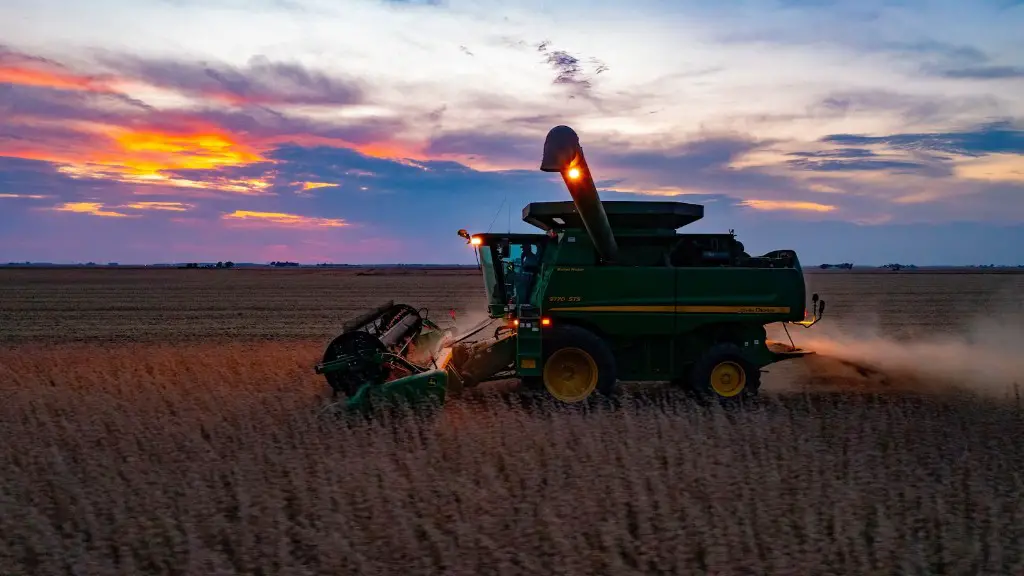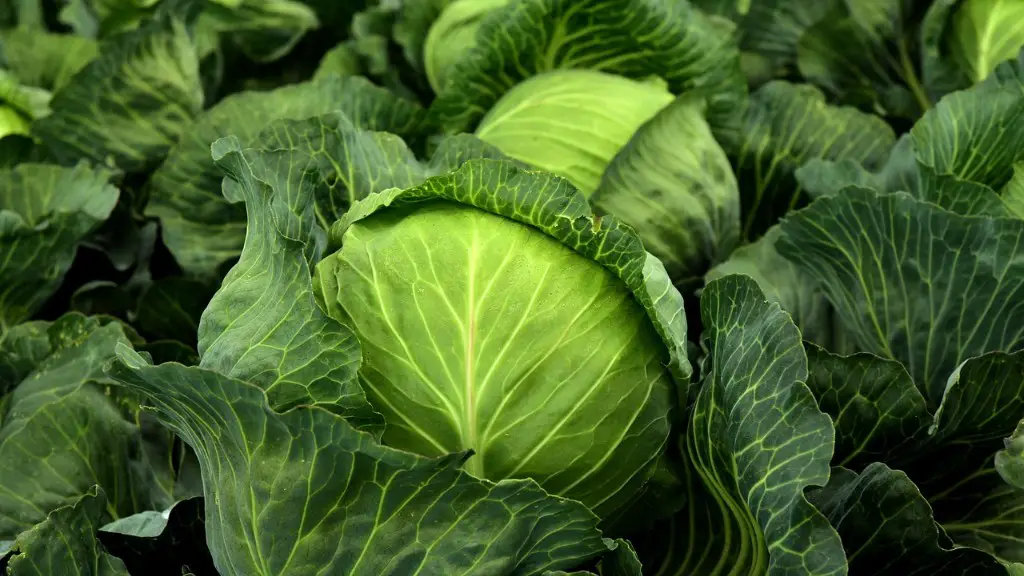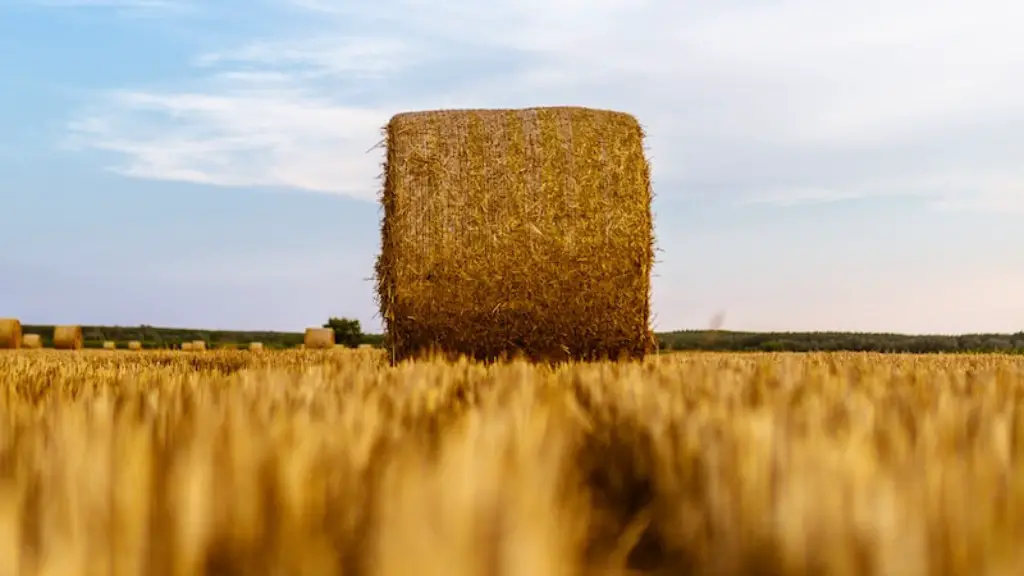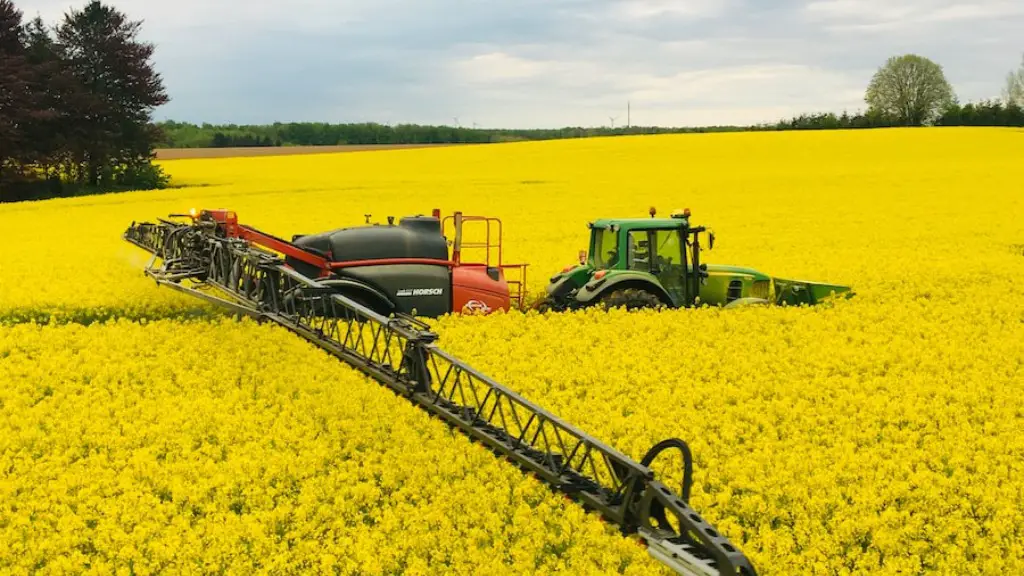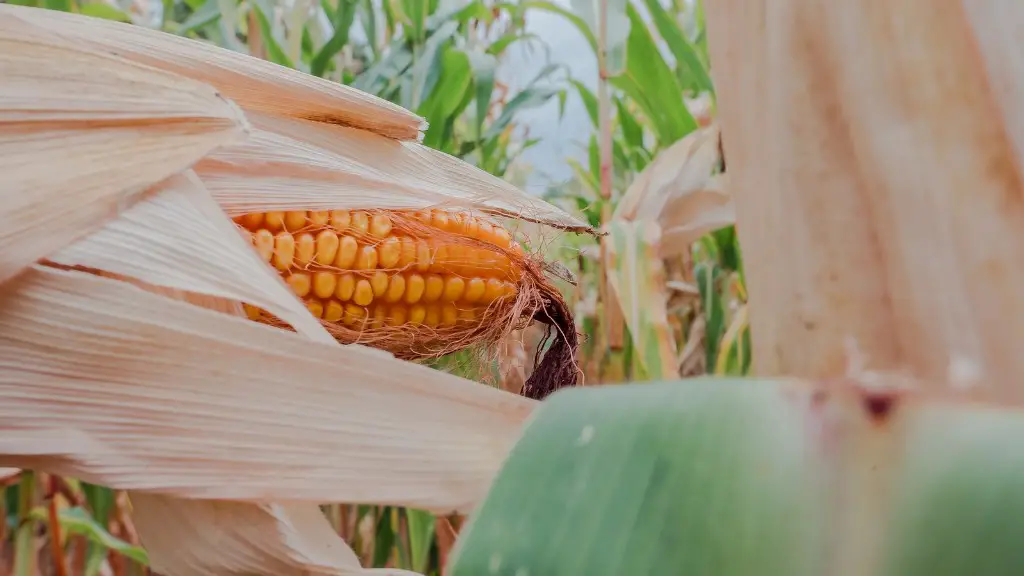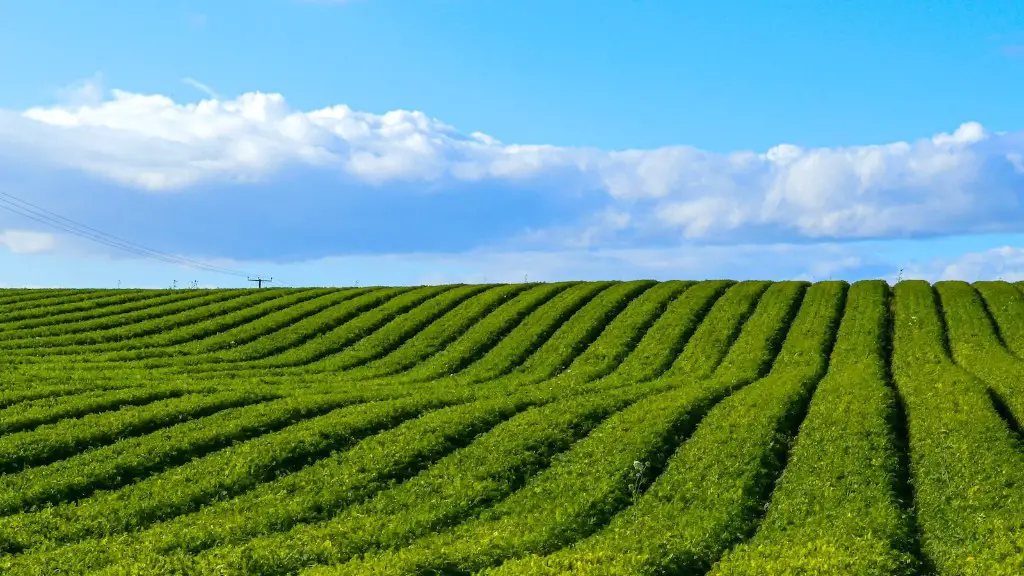Seeding is a foundational element of agronomy and an important step in the cultivation of a successful crop. It is the process of planting seeds, usually within a soil or substrate, for the purpose of creating a suitable environment for germination. These germinated seeds can then emerge from the soil and grow into a mature plant that produces a desired crop. It is, therefore, essential that seeding be done correctly in order to ensure a successful harvest.
Selection of the correct seed is the first step in successful seeding. Choosing the right species for the climate, soil conditions, and other factors is key for successful crop production. The quality of the seed should also be taken into consideration. All seeds contain some level of genetic variation and some are more resistant to certain diseases or pests than others.
Using modern seed drills and planting systems, the process of seeding is a much more efficient and targeted approach than traditional broadcast seeding. This method involves measuring out the exact amount of seed to be planted, then using specialized equipment to drill down into the soil, plant the seed into the exact coordinates and then fill the hole back up with soil. This helps to prevent over-seeding and also ensures a much more even coverage of the crop.
Crop rotation is an additional step in the seeding process, often used to reduce soil erosion and pest infestations. Planting different crops in the same area each year can help to reduce the chances of pests and diseases. For example, planting a legume crop can reintroduce nitrogen into the soil, which can help the health of the next crop planted in that area.
Seeding is an essential step for successful crop production and should be done with consideration for environmental conditions and the quality of the seed. Modern seed technologies have greatly improved the accuracy and efficiency with which crops can be planted, making it easier for farmers to maximize yields. Crop rotation and assessing soil quality are also important elements of crop seeding and should be part of a successful seeding process.
Germination and Soil Quality
Germination is the process of a seed developing into a young plant, usually through a period of dormancy followed by active growth. For successful germination, the seed must receive adequate moisture and experience a period of cold dormancy. Moisture and air are essential for the seed’s metabolic processes, allowing it to start to grow. Optimal soil conditions will also help in the successful germination of seeds, as soil too wet or saturated with nutrients can inhibit growth while overly dry soil can cause the seed’s embryos to become desiccated.
Assessing soil quality before seeding can also help to ensure successful germination. Testing for PH, nitrogen, and nutrient levels in the soil are important familiar elements used to assess the soil’s overall health and suitability for seeding. Additionally, chemical analysis of soil can identify any impurities that could impede the growth of crop species. Taking these into consideration helps to ensure the longevity of crop yields.
Once the seed has germinated, adequate irrigation is crucial for successful crop growth. This helps to keep the seed moist and warm, allowing it to continue its growth into a mature plant. Too much or too little water can damage the plant, as can fluctuations in temperature, making it important to also monitor soil moisture.
Crop protection and disease management are key in the development of the crop from seed to crop. This is especially important for seeds that have been planted to grow for a longer period of time, such as trees, which are often more susceptible to pest infestations. Monitoring the crop at regular intervals and taking appropriate steps as soon as any sign of infestation appears is crucial for successful crop yield.
Planting in Pots and Polytunnels
For indoor and greenhouse use, planting in pots and other specified containers is a common method. This allows for more control over the environment the crop will grow in, and preventive measures can be taken to ensure the greatest success in the most suitable surroundings. Additionally, planting in pots makes it more convenient to move the crop elsewhere if necessary.
Polytunnels are another common way by which seeds can be sown for use in protected environments. Polytunnels resemble a greenhouse and are mainly used for plants that can be grown in a sheltered space throughout the year. Polytunnels range in size from small rows to entire fields, allowing for a range of sizes suitable for different growing needs. Polytunnels provide control over temperature, light and humidity, and can be easily managed to ensure a successful crop yield.
Using raised beds is another way to give your seedlings the advantage of protection from weather fluctuations, as well as a warmer soil which may speed up germination in cooler temperatures. Additionally, raised beds can prevent the need to hoe and prepare the soil in cold conditions, as the soil temperature will be a few degrees higher in comparison to ground level beds.
The use of transplants is also becoming increasingly popular due to its potential for faster growth and yield. Transplants are pre-germinated seedlings which have been grown in a nursery or similar environment, and can be planted out into a prepared bed or pot which can then be tended to as the crop matures.
Keeping Seeds Organized and Protected
A well-stocked seed organizer is an essential element of the seeding process. Keeping the seeds organized and labeled can help to prevent mistakes in placement or planting, as well as helping to extend the longevity of the seed packets. Mason jars are a great way to store and organize seed packets, as labelling can easily be written directly onto the jars and the same jars can be reused each season.
To aid in the longevity of the seed, keeping them in a cool and dry place is essential. Too much moisture or heat can cause the seed to go bad, so ensuring all seed packets are stored in a suitable environment can help to protect the seeds. Additionally, using sealed and labeled bags to store each variety of seed can help to reduce the chance of cross-contamination and help to prolong the life of the seed.
Knowing the proper way to store seed and ensuring your equipment is appropriately labeled and organized is key to successfully and efficiently managing the process of seeding. Additionally, always ensuring the seed is of high quality and of the right species for your climate and soil conditions can ensure the best possible yields.
After Care and Harvesting
Caring for the crop once planted is just as important as taking care of the seed and the seeding process. Ensuring correct watering and temperature conditions and controlling the amount of sunlight the crop receives is essential for successful growing. Monitoring the soil for pest and disease infestations, as well as appropriate weed control measures, can help to prevent problems before they arise and further maximize crop yield.
Harvesting the crop is the final step in the seeding process and should be done with care. If the crop is hurried and harvested before maturity, the crop yield and quality can be affected. Additionally, ensuring the proper tools for harvesting are available and taking into consideration storage and packaging options for the crop can help to get the best out of the finished product.
Knowing when to start and stop watering and fertilizing is essential for a successful harvest, with correct timing ensuring the best part of the crop can be utilized. Additionally, taking into consideration when the crop will be picked, especially for crops that may not last for a long time, such as fruits and vegetables, is essential to ensure maximum yield.
Seed Saving and Reuse
Saving and reusing seeds is a relatively simple process, especially for annual crops. The seeds produced by a fruiting plant can be collected and stored appropriately in labelled bags, with the majority of the crop able to be harvested and used as seeds. Reusing these seeds the following season removes the need for buying more seed and is more economically beneficial than buying new seed each season. It is important, however, to ensure the seed is of high quality and is not contaminated with other varieties.
Additionally, saving and reusing pollinator-dependent crops such as squash, beans, and corn is another way to reduce seed cost and waste. These crops rely on pollinators for successful seed production, so allowing an area of flower crops to bloom for pollinators can help in the successful reproduction of these plant species.
Seed saving techniques are also important for preserving vegetable varieties which may be at risk of extinction, as well as the conservation of plant genetics. A variety of vegetable and herb seeds are kept stored in gene banks, allowing for the preservation and re-introduction of old and rare varieties.
The process of seeding is an essential first step in successful crop production. By ensuring the quality of the seed, taking measures to protect the crop from pests and disease, and taking into consideration the environment in which the seed will be planted, a successful crop can be harvested. Additionally, save-saving is an important practice in sustaining a resource and preserving the genetic makeup of a species.
